Home>Interior Design>Sideboard Decor Ideas: 10 Buffet Styling Tips
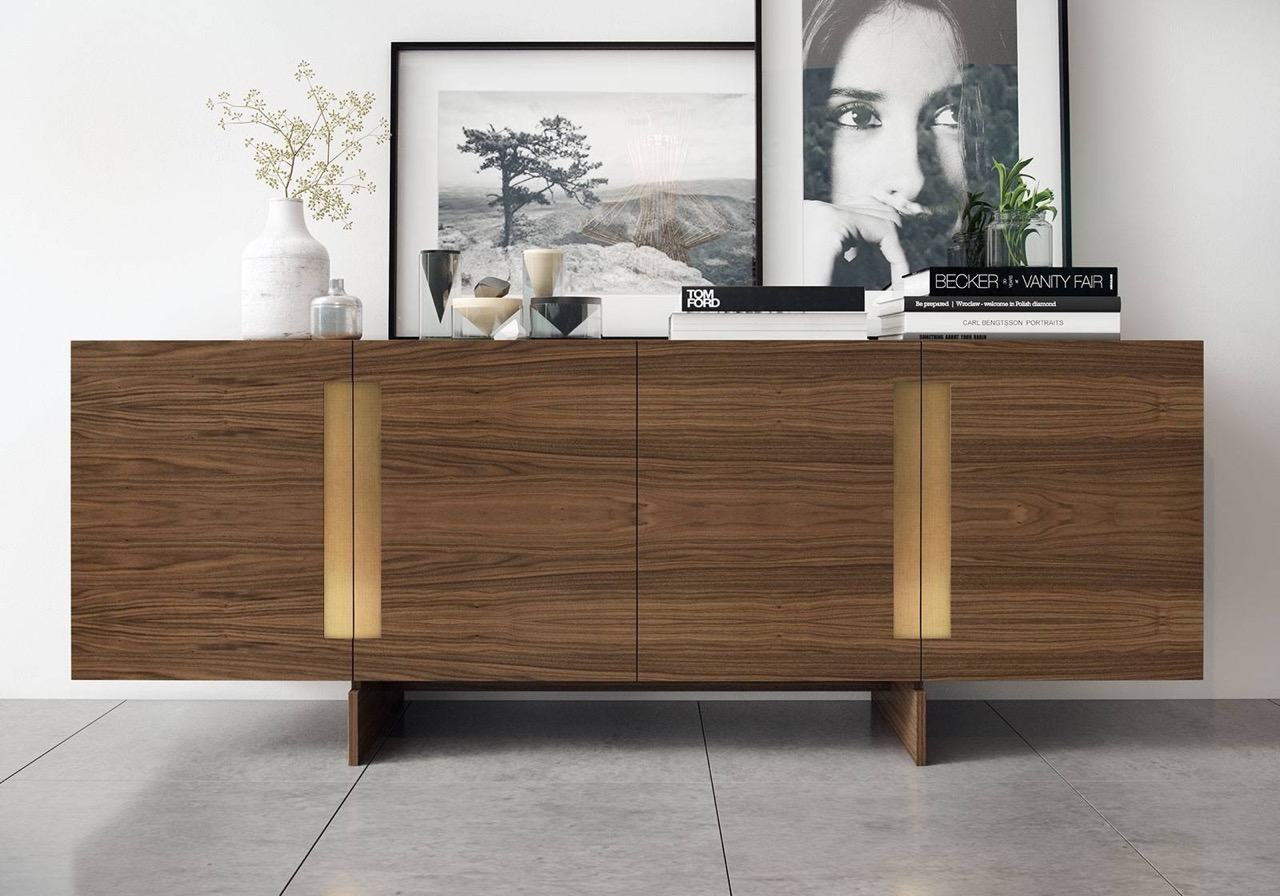

Interior Design
Sideboard Decor Ideas: 10 Buffet Styling Tips
Modified: January 19, 2024
Discover stylish sideboard decor ideas and enhance your interior design with 10 buffet styling tips. Create a beautiful and functional space.
(Many of the links in this article redirect to a specific reviewed product. Your purchase of these products through affiliate links helps to generate commission for Storables.com, at no extra cost. Learn more)
Introduction
Welcome to the world of interior design, where every detail matters and every space tells a story. When it comes to decorating your home, one often overlooked area that holds great potential is the sideboard. A sideboard, also known as a buffet or credenza, is a versatile piece of furniture that not only offers practical storage solutions but also serves as a canvas for displaying your personal style and adding character to a room.
Whether you have a sideboard in your dining room, living room, hallway, or bedroom, it’s time to unleash its decorative potential and transform it into a focal point. In this article, we will explore 10 sideboard decor ideas that will elevate your space and leave your guests in awe.
But before we dive into the styling tips, it’s important to start with the basics. Choosing the right sideboard is crucial, as it sets the foundation for your decor. Consider the size, shape, and style that best complements your existing furniture and the overall aesthetic of the room. Now that you have the perfect sideboard, let’s explore how to make it shine.
Key Takeaways:
- Elevate your space with 10 sideboard decor ideas, from establishing a theme to incorporating functional elements. Unleash your creativity and transform your sideboard into a captivating focal point that reflects your unique style and personality.
- Create visual harmony with symmetry, add pops of color, and incorporate plants and greenery to breathe life into your sideboard display. Pay attention to lighting and experiment with different textures to make your sideboard truly shine.
Read more: How To Decorate Sideboard
Choosing the Right Sideboard
When it comes to styling your sideboard, you first need to ensure that you have chosen the right piece of furniture. The size, shape, and style of the sideboard will play a significant role in determining the overall aesthetic of your space. Here are a few things to consider:
- Size: Take into account the dimensions of the room and the available wall space. A sideboard that is too small may look out of place, while one that is too large can overwhelm the room. Measure the area where you plan to place the sideboard to ensure a perfect fit.
- Shape: Sideboards come in a variety of shapes, including rectangular, square, and curved. Consider the shape of the room and the other furniture pieces in the space. A rectangular sideboard works well in a linear room, while a curved or asymmetrical sideboard can add visual interest to a more geometrically shaped room.
- Style: Choose a sideboard that complements the overall design aesthetic of your home. Whether your style is traditional, modern, rustic, or eclectic, there is a sideboard out there to suit your taste. Look for those with unique details, such as carved accents, sleek lines, or distressed finishes, to add personality and charm.
Once you have chosen the right sideboard, it’s time to move on to the fun part – decorating and styling it to create a stunning focal point in your space. Let’s explore some creative ideas to transform your sideboard into a work of art.
Establishing a Theme
Establishing a theme for your sideboard decor will help create a cohesive and visually appealing display. A theme can be based on a specific color palette, a particular season, a cultural influence, or even a personal interest. Here’s how you can establish a theme for your sideboard:
- Color Palette: Choose a color scheme that complements the existing colors in the room. Select two or three dominant colors and sprinkle in accents of complementary shades. For example, if your room has a neutral color scheme, you can introduce pops of bold colors like red or deep blue through decorative accessories on the sideboard.
- Seasonal Inspiration: Decorate your sideboard according to the season. In the spring, you can display fresh flowers and pastel-colored decor. In the summer, opt for vibrant colors and beach-inspired elements. For fall, incorporate warm tones and natural elements like pumpkins and leaves. And during the winter, create a cozy ambiance with candles, twinkle lights, and textured accessories.
- Artistic Influence: Draw inspiration from a specific art movement or era. For example, if you love minimalism, keep the sideboard clean and simple with a few carefully chosen pieces. If you’re inspired by the bohemian style, display eclectic objects like woven baskets, macrame wall hangings, and global-inspired artwork.
- Cultural Touch: Incorporate elements from different cultures that intrigue you. It could be Moroccan lanterns, Chinese porcelain vases, or African tribal masks. Be respectful and mindful of cultural symbols and ensure that they are appreciated in an appropriate context.
- Personal Interest: Showcasing items that reflect your hobbies or interests can add a unique touch to your sideboard decor. If you love travel, display souvenirs from your adventures. If you’re a bookworm, stack some of your favorite books along with a small reading lamp. Let your sideboard tell a story about who you are.
Remember, the key to establishing a theme is to keep it cohesive and tasteful. Ensure that all the elements on your sideboard tie in with the chosen theme, creating a harmonious and visually striking display.
Creating Balance with Symmetry
Symmetry is a powerful design principle that creates a sense of balance and order in a space. Using symmetry in your sideboard decor can make a significant impact and bring a sense of harmony to your display. Here’s how you can create balance with symmetry:
- Matching Objects: Place identical objects on both sides of the sideboard to create a mirror-like effect. For example, you can use a pair of matching table lamps, candle holders, or vases. This visual symmetry creates a sense of equilibrium and adds a touch of elegance to your display.
- Stacked Items: Stack books or boxes on one end of the sideboard and duplicate the same stack on the other end. You can vary the height and color of the stacked objects to add visual interest while maintaining the symmetrical arrangement.
- Artwork Gallery: Hang a row of identical frames with matching artwork or photographs above the sideboard. Ensure that the frames are evenly spaced and aligned. This creates a visually pleasing symmetry and draws the eye upward, enhancing the overall aesthetic impact of your display.
- Grouping Objects: Display a set of three identical objects, such as vases or sculptures, in the center of the sideboard. Flank them with a pair of matching objects on either side. This arrangement creates a sense of balance and focal point, while the grouped objects provide visual interest and a cohesive look.
- Mirrors: Hang a large mirror above the sideboard and place two identical sconces on either side. The mirror acts as a symmetrical anchor, while the sconces add balance and create a visually pleasing arrangement. The mirror also helps to reflect light and visually expand the space.
Remember, symmetry doesn’t mean your sideboard has to be perfectly mirrored. You can still achieve balance by using similar shapes, colors, or sizes on each side of the display. Play around with different symmetrical arrangements and find the one that suits your style and space best.
Adding a Pop of Color
One of the easiest ways to make your sideboard stand out is by adding a pop of color. A vibrant hue can bring life and personality to your display, creating a focal point in the room. Here are some ideas on incorporating color into your sideboard decor:
- Colorful Accessories: Display decorative accessories like vases, bowls, or sculptures in bold, eye-catching colors. Choose colors that complement your existing decor or create a striking contrast. For example, if your room has a neutral color scheme, a vibrant blue vase or a red bowl can inject a burst of energy and create visual interest.
- Textiles: Use colorful textiles to add a playful touch to your sideboard. Place a vibrant table runner or a stack of colorful cloth napkins on the surface. You can also drape a patterned scarf or a colorful piece of fabric behind objects on the sideboard to create a dynamic backdrop.
- Artwork: Hang colorful artwork above the sideboard to infuse the space with hues that catch the eye. Whether it’s a vibrant abstract painting, a bold photographic print, or a colorful tapestry, artwork adds personality and instantly transforms the overall mood of the room.
- Floral Arrangements: Flowers are a classic way to introduce color and freshness to your sideboard. Place a bouquet of vibrant blooms in a colorful vase or arrange a variety of colorful potted plants on the surface. Not only will they add color, but they also bring life and a sense of nature indoors.
- Creative Accents: Think outside the box and incorporate unexpected pops of color into your sideboard decor. Consider using colorful books, decorative boxes, or even a collection of vibrant glass bottles. These unique accents add personality and help create a visually captivating display.
When utilizing color, it’s important to strike a balance. Avoid overwhelming the space with too many vibrant colors. Instead, choose one or two focal points or accents that will draw attention and harmonize with the overall color scheme of the room. Remember, the goal is to add a pop of color that enhances the aesthetic without overpowering the space.
Incorporating Plants and Greenery
Bringing the beauty of nature indoors is a timeless way to enhance your sideboard decor. Incorporating plants and greenery not only adds a touch of freshness and vitality but also creates a visually appealing and calming atmosphere. Here are some ideas on how to incorporate plants and greenery into your sideboard display:
- Potted Plants: Place small potted plants on the sideboard to liven up the space. Choose plants that thrive indoors and require minimal care, such as succulents, ferns, or peace lilies. Opt for decorative pots that complement your decor style.
- Hanging Plants: If you have limited surface space, consider hanging plants above or around the sideboard. Install hooks or use a wall-mounted plant hanger to suspend hanging planters with cascading greenery. This adds dimension and visual interest to your sideboard area.
- Wall-mounted Planters: Attach wall-mounted planters directly above the sideboard, creating a vertical garden effect. Fill the planters with trailing vines or small herb plants. This not only adds a refreshing touch of green but also maximizes space and creates depth in your display.
- Flower Arrangements: Incorporate fresh-cut flowers or dried floral arrangements in vases on the sideboard. Choose blooms that complement the color scheme or add a pop of color. Flowers bring fragrance, beauty, and a delicate touch to your display.
- Terrariums or Miniature Gardens: Create a mini ecosystem on your sideboard by arranging terrariums or miniature gardens. Choose a glass container and fill it with small plants, moss, pebbles, and decorative elements. These whimsical garden displays add charm and a unique touch to your sideboard.
- Herb Garden: If you enjoy cooking or love the scent of fresh herbs, consider creating a small herb garden on your sideboard. Plant herbs like basil, rosemary, or thyme in decorative pots. Not only will this add greenery, but it will also provide a convenient supply of herbs for your culinary adventures.
Incorporating plants and greenery on your sideboard not only brings nature indoors but also enhances the overall ambiance of the room. Remember to choose plants that thrive in the available lighting conditions and require minimal maintenance. By adding this touch of green, you’ll create a refreshing and inviting space that exudes natural beauty.
When styling a sideboard, use a mix of heights and textures to create visual interest. Incorporate items like tall vases, framed art, and decorative objects to add depth and dimension to the space.
Utilizing Different Textures
When it comes to decorating your sideboard, it’s not just about the visual appeal but also the tactile experience. To add depth and interest to your display, it’s important to incorporate different textures. Utilizing a variety of textures will create a visually engaging and dynamic composition. Here are some ideas on how to incorporate different textures into your sideboard decor:
- Natural Elements: One way to introduce texture is by incorporating natural elements such as wood, stone, or woven materials. Place a wooden tray or cutting board on your sideboard, use stone sculptures or vases, or display woven baskets or rattan decor. These natural textures create warmth and a sense of organic beauty.
- Metallic Accents: Adding metallic elements can bring a touch of glamour and shine to your sideboard. Incorporate items like brass or copper candle holders, silver or gold trays, or metallic sculptures. The reflective surfaces create visual interest and play with the lighting in the space.
- Textured Fabrics: Include textiles with different textures on the sideboard. Place a faux fur or textured throw blanket on the surface, use velvet or embroidered table runners, or incorporate textured fabric art pieces. These textiles add softness and dimension to your display.
- Glass and Mirrors: Glass and mirrors are excellent elements for introducing texture and visual interest. Display glass vases, containers, or jars filled with decorative objects or greenery. Mirrors with etched or textured patterns can also add depth and reflect light in interesting ways.
- Ceramic and Porcelain: Display ceramic or porcelain vases, sculptures, or decorative bowls on your sideboard. Choose pieces with intricate designs, patterns, or unique textures. These items not only add visual interest but also create a tactile experience.
- Mixed Materials: Consider combining different materials to create a textural contrast. For example, a sideboard with a smooth marble top paired with rough reclaimed wood shelves creates an interesting interplay of textures. Mixing materials helps to create a visually dynamic and eclectic display.
By incorporating different textures, you can transform your sideboard into a sensory experience. Combine various elements to create a balance between soft and hard, smooth and rough, shiny and matte. The juxtaposition of textures adds depth and complexity, making your sideboard visually captivating and inviting to touch.
Displaying Artwork or Mirrors
Artwork and mirrors are powerful design elements that can significantly enhance the visual impact of your sideboard display. By strategically placing art pieces or mirrors above or on your sideboard, you can create a focal point and add depth to the space. Here are some ideas on how to effectively display artwork or mirrors:
- Above the Sideboard: Hanging artwork or a large statement mirror above the sideboard instantly draws the eye and creates a captivating focal point. Choose a piece that complements the style and color scheme of the room. Consider selecting artwork with colors or motifs that echo the decor on the sideboard.
- Gallery Wall: Create a gallery wall above your sideboard by hanging multiple pieces of artwork or a collection of mirrors. Choose frames of varying sizes and styles for an eclectic and visually interesting arrangement. Make sure to consider the spacing and layout of the gallery wall to ensure a cohesive display.
- Leaned against the Wall: Instead of hanging artwork, consider leaning a large painting or a decorative mirror against the wall on top of your sideboard. This creates a more laid-back and casual look while adding an artistic touch to the space.
- Grouping Artwork: Arrange multiple smaller pieces of artwork or mirrors in a visually pleasing arrangement on the wall above the sideboard. Play with different sizes, shapes, and frames to create an intriguing composition. This grouping can act as a cohesive centerpiece that ties together the overall decor.
- Mirrored Glass or Antiqued Mirror: Use mirrored glass or antiqued mirror as the backdrop for your sideboard. This creates an illusion of space and reflects light, making the area appear brighter and more expansive. Mirrors can also add an elegant and sophisticated touch to your sideboard display.
- Statement Art Piece: Showcase a standout art piece above your sideboard. Choose an eye-catching painting, a sculptural work, or a framed textile. This commanding piece will become the focal point and conversation starter, elevating the entire space.
Displaying artwork or mirrors above or on your sideboard adds personality, depth, and visual interest to the space. Experiment with different arrangements and styles to find the perfect combination that complements your sideboard and enhances the overall aesthetic appeal.
Layering Decorative Items
Layering decorative items is a design technique that adds dimension, depth, and visual interest to your sideboard decor. By strategically arranging objects in layers, you can create a curated and textured display that catches the eye. Here are some tips on how to effectively layer decorative items on your sideboard:
- Backdrop: Start by selecting a backdrop for your display. This could be a piece of artwork, a mirror, a tapestry, or even a large decorative tray. The backdrop provides a focal point and sets the tone for the rest of the arrangement.
- Varying Heights: Incorporate objects of different heights to create visual variation. Place taller items, such as candle holders, flower vases, or sculptures, at the back or sides of the sideboard. This adds depth and draws the eye to different layers of the display.
- Books and Boxes: Use books or decorative boxes to create varying levels on the sideboard. Stack them horizontally or vertically, and place objects on top of them. This not only adds height and interest but also provides an opportunity to incorporate colors or patterns that complement your overall decor.
- Texture and Shape: Mix objects with different textures and shapes to create an eclectic display. Combine smooth surfaces with rough or textured items. Balance curved objects with angular or geometric ones. This contrast adds visual intrigue and keeps the eye moving throughout the arrangement.
- Overlap and Intertwine: Don’t be afraid to overlap or intertwine objects to create a more dynamic and organic arrangement. For example, drape a scarf or a piece of fabric over the sideboard and let it cascade down. Allow the branches of a decorative tree or plant to extend beyond the edges of the sideboard. These overlapping elements add interest and create a sense of movement.
- Layers of Accessories: Place smaller decorative accessories, such as figurines, small sculptures, or decorative bowls, in front of the larger items to add layers and complexity. Play with varying sizes, shapes, and colors to create a visually appealing composition.
Remember, layering decor is all about finding the right balance. Avoid overcrowding the sideboard with too many objects. Allow each item to shine and maintain enough negative space to keep the display visually pleasing and harmonious. Take your time to experiment with different arrangements until you achieve a cohesive and visually striking layered display on your sideboard.
Incorporating Functional Elements
When styling your sideboard, it’s important to not only focus on aesthetics but also consider functionality. Incorporating functional elements into your display adds practicality and purpose to the space, ensuring that your sideboard serves more than just a decorative role. Here are some ideas on how to incorporate functional elements into your sideboard decor:
- Storage Baskets or Bins: If your sideboard has open shelves or compartments, use decorative storage baskets or bins to neatly organize and conceal items. This not only adds a practical storage solution but also adds texture and visual interest to your display.
- Barware and Servingware: If your sideboard is in a dining room or a living area, incorporate barware and servingware into your display. Arrange beautiful glasses, wine bottles, cocktail shakers, and trays on the sideboard. This both adds functionality and creates a stylish and inviting entertainment area.
- Tableware Display: Use your sideboard as a display area for your favorite tableware. Showcase a collection of beautiful plates, bowls, or unique serving dishes. This allows easy access to your tableware while also adding a touch of elegance to the space.
- Utensil Holders: Place a decorative utensil holder on your sideboard to store silverware, serving spoons, and other kitchen utensils. This keeps everything within reach during meals or gatherings, while also adding a stylish and practical touch to your display.
- Key Tray or Mail Organizer: If your sideboard is in an entryway or hallway, incorporate a key tray or a mail organizer. This provides a designated spot for keys, wallets, and other small items, helping to keep your space organized and clutter-free.
- Charging Station: Transform a drawer or a hidden compartment of your sideboard into a charging station for electronic devices. This allows you to keep your gadgets out of sight while they charge, maintaining a tidy and functional space.
- Task Lighting: Install a table lamp or wall sconces on or near your sideboard to provide functional lighting. This creates an ambiance and ensures that the sideboard is well-lit for activities such as reading, working, or dining.
By incorporating functional elements into your sideboard decor, you not only elevate the practicality of the space but also create a seamless integration of form and function. Balancing both aesthetics and functionality ensures that your sideboard serves as a functional and beautiful addition to your home.
Paying Attention to Lighting
Lighting plays a crucial role in enhancing the overall ambiance and mood of your sideboard display. It adds warmth, drama, and focal points to your decor. Paying attention to lighting ensures that your sideboard truly shines. Here’s how to consider lighting when styling your sideboard:
- Ambient Lighting: Use ambient lighting, such as overhead fixtures or recessed lights, to provide overall illumination in the room. This creates a base level of lighting that sets the tone for your sideboard display.
- Task Lighting: Incorporate task lighting to highlight specific areas on your sideboard. This can be achieved through table lamps, wall sconces, or picture lights. Task lighting adds focused illumination to objects or artwork you want to showcase.
- Accent Lighting: Introduce accent lighting, such as spotlights or directional lights, to highlight specific decorative pieces on your sideboard. This can be used to draw attention to a particular sculpture, artwork, or arrangement. Accent lighting adds drama and depth to your display.
- Candlelight: Candles are a fantastic way to create a soft and inviting ambiance on your sideboard. Place a cluster of candles on candle holders or place them in decorative lanterns. The flickering candlelight adds a warm and cozy feel to your display.
- LED Strip Lights: Attach LED strip lights underneath your sideboard or along the back to create a subtle and modern glow. This adds a contemporary touch and can also be used to highlight the shape or design of your sideboard.
- Natural Light: Take advantage of natural light by positioning your sideboard near a window or glass doors. Natural light adds a beautiful and airy quality to your display, enhancing the colors and textures of the objects on your sideboard.
- Dimmers: Install dimmer switches for your sideboard lighting to create flexibility in the ambiance. This allows you to adjust the intensity of the lighting according to different occasions and moods.
When considering lighting for your sideboard, it’s important to strike a balance between functionality and aesthetics. Ensure that the lighting enhances the display without overpowering or casting harsh shadows. Experiment with different lighting techniques and sources to create the perfect ambiance for your sideboard decor.
Conclusion
Your sideboard is not just a functional piece of furniture; it’s an opportunity to showcase your personal style and elevate the overall aesthetic of your space. By following these 10 sideboard decor ideas, you can transform this often-overlooked area into a captivating focal point that reflects your unique taste and personality.
Start by choosing the right sideboard that fits the size, shape, and style of your room. Establish a theme that ties your decor together, whether it’s through a color palette, seasonal inspiration, cultural influences, or personal interests. Create balance and visual harmony with symmetry, while adding pops of color to make your sideboard stand out.
Incorporating plants and greenery brings life and freshness to your sideboard, while utilizing different textures adds depth and visual interest. Display artwork or mirrors to create a focal point and enhance the overall aesthetic appeal. Layering decorative items adds dimension and personality, while incorporating functional elements ensures practicality along with style.
Lastly, pay attention to lighting, as it can make a significant difference in highlighting your sideboard display. Whether through ambient lighting, task lighting, or accent lighting, the right illumination will enhance the beauty of your decor.
Remember, as an interior design enthusiast, your creativity and personal touch are what will truly make your sideboard decor shine. Experiment, explore, and have fun with the process. Let your sideboard become a reflection of your style and a conversation starter in your home.
So, go ahead and unleash your inner designer – transform your sideboard into a work of art that showcases your unique taste and enhances the ambiance of your space.
Frequently Asked Questions about Sideboard Decor Ideas: 10 Buffet Styling Tips
Was this page helpful?
At Storables.com, we guarantee accurate and reliable information. Our content, validated by Expert Board Contributors, is crafted following stringent Editorial Policies. We're committed to providing you with well-researched, expert-backed insights for all your informational needs.
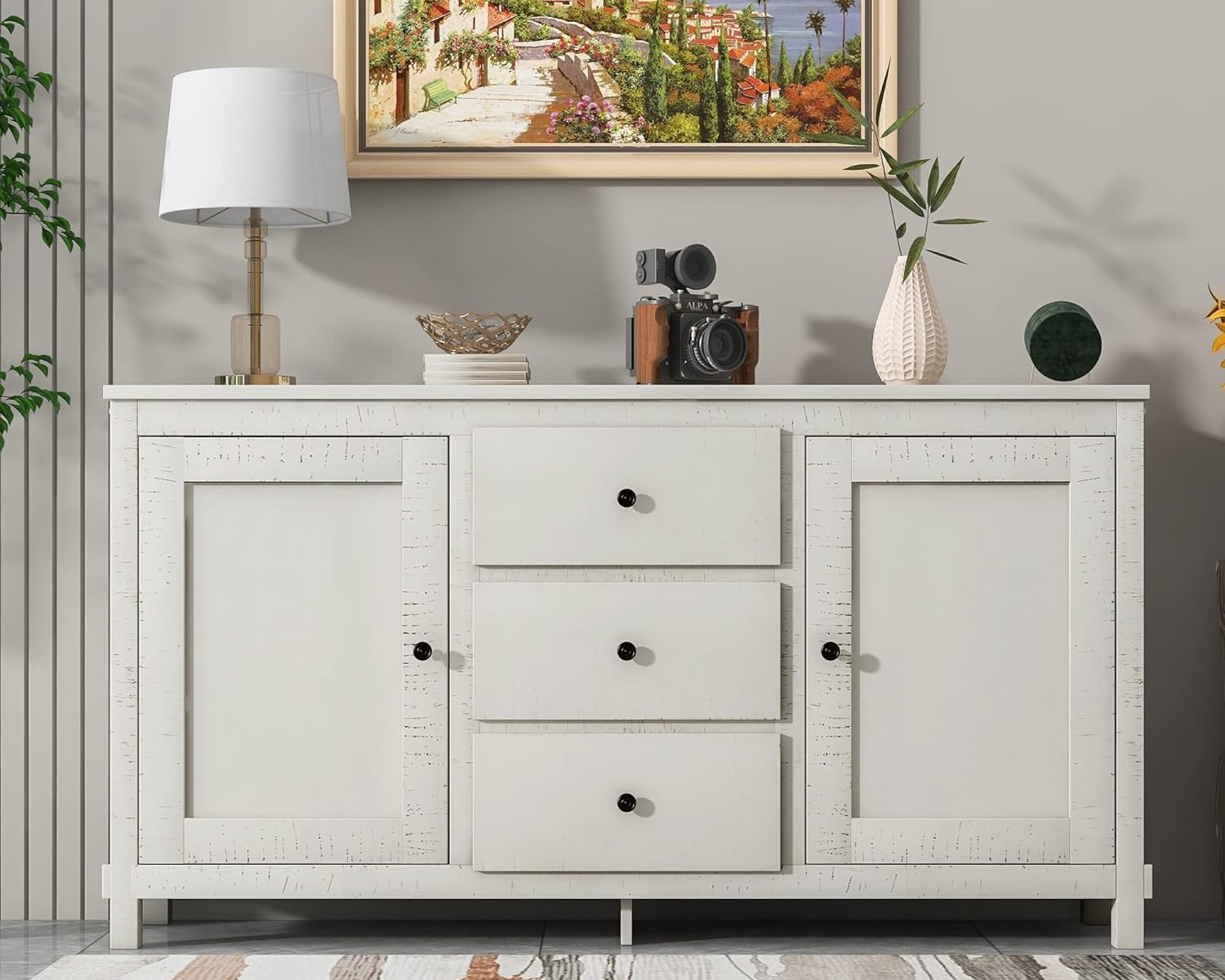
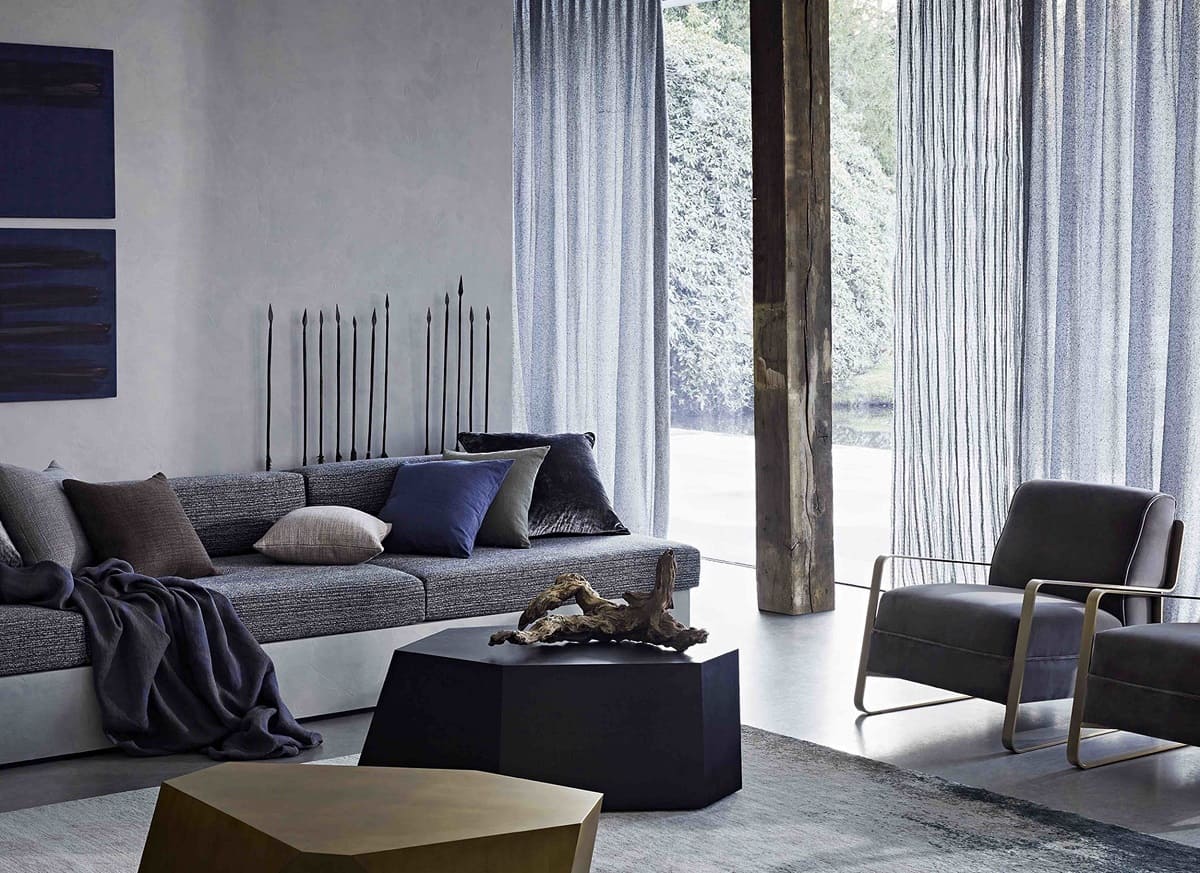
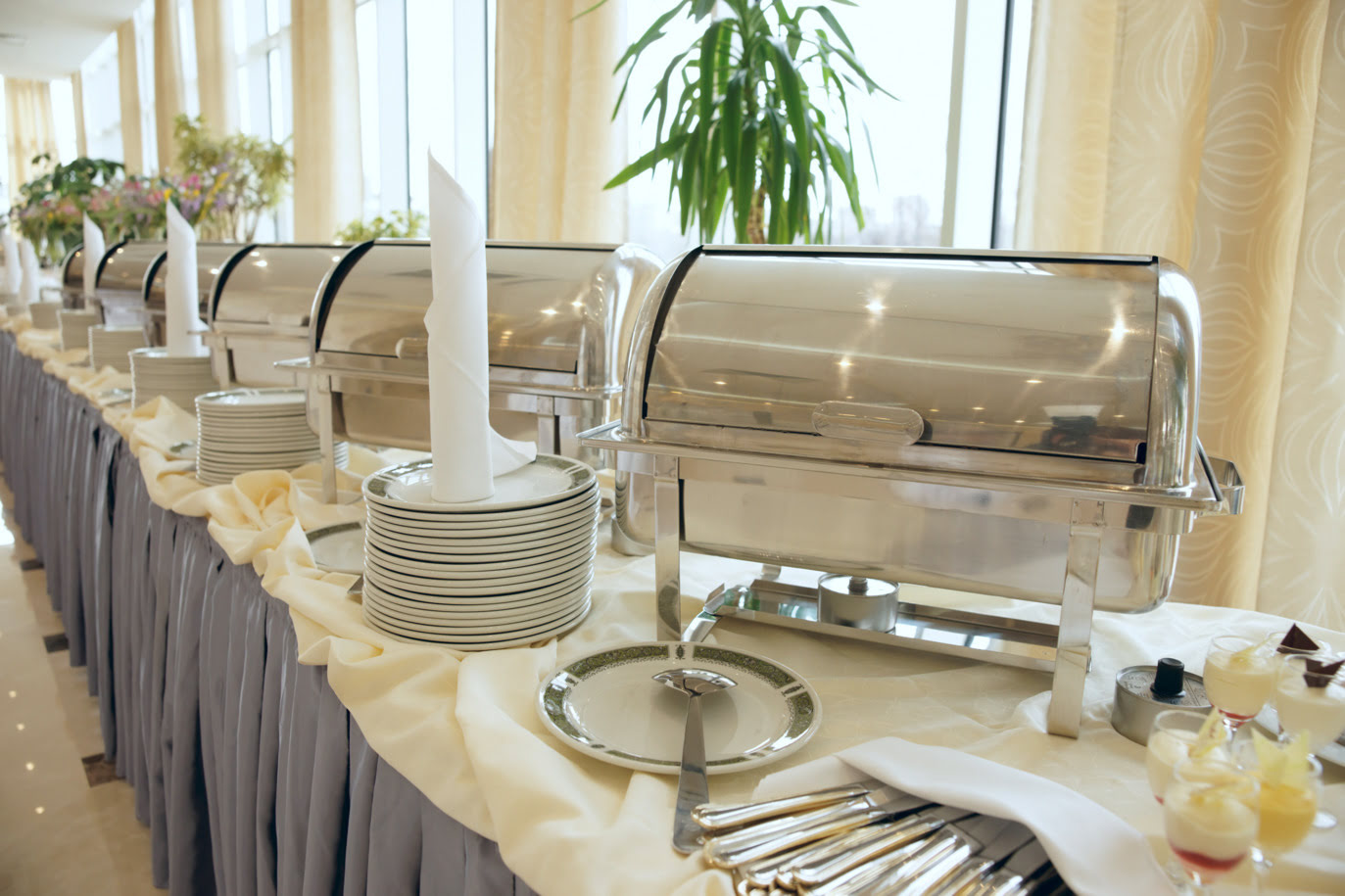
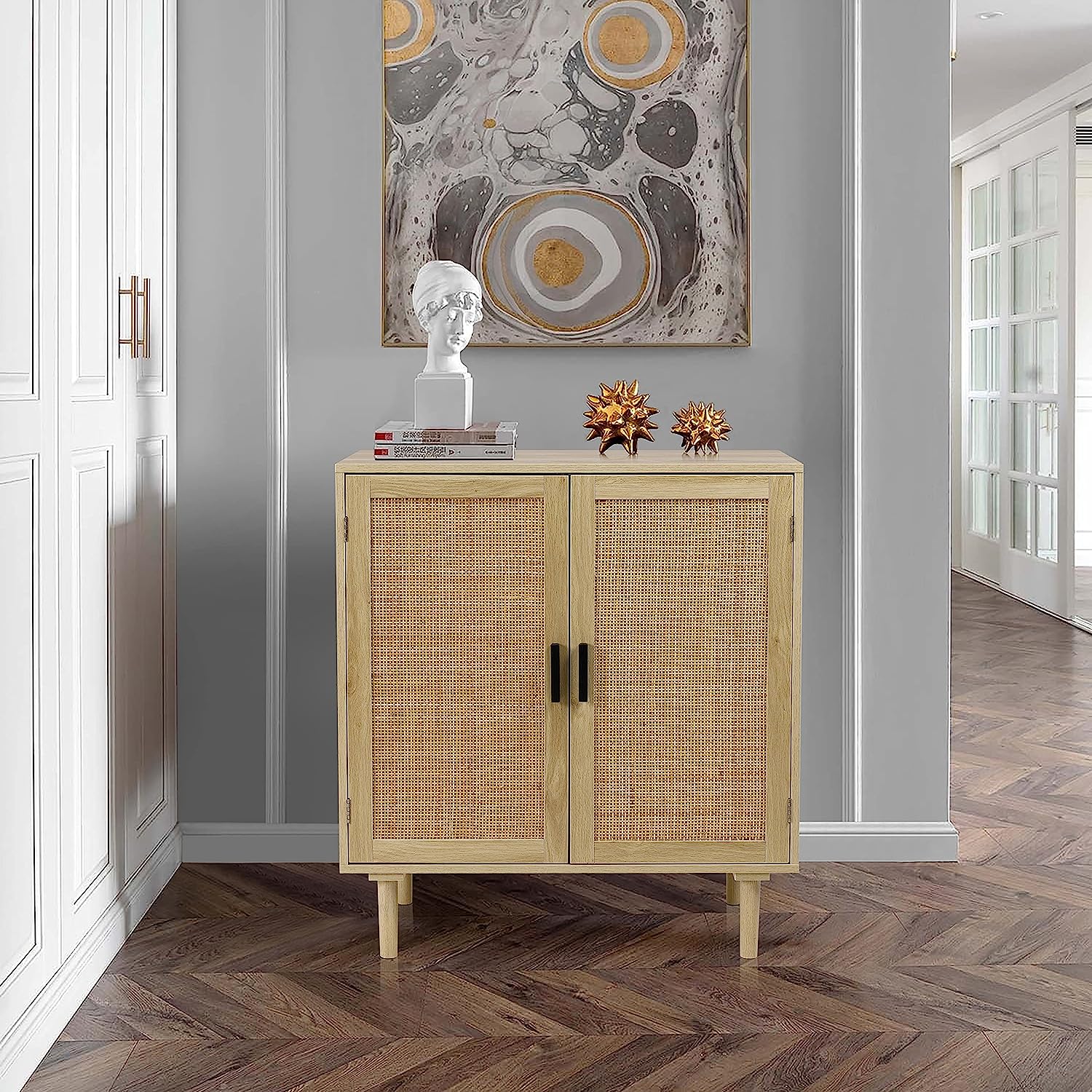
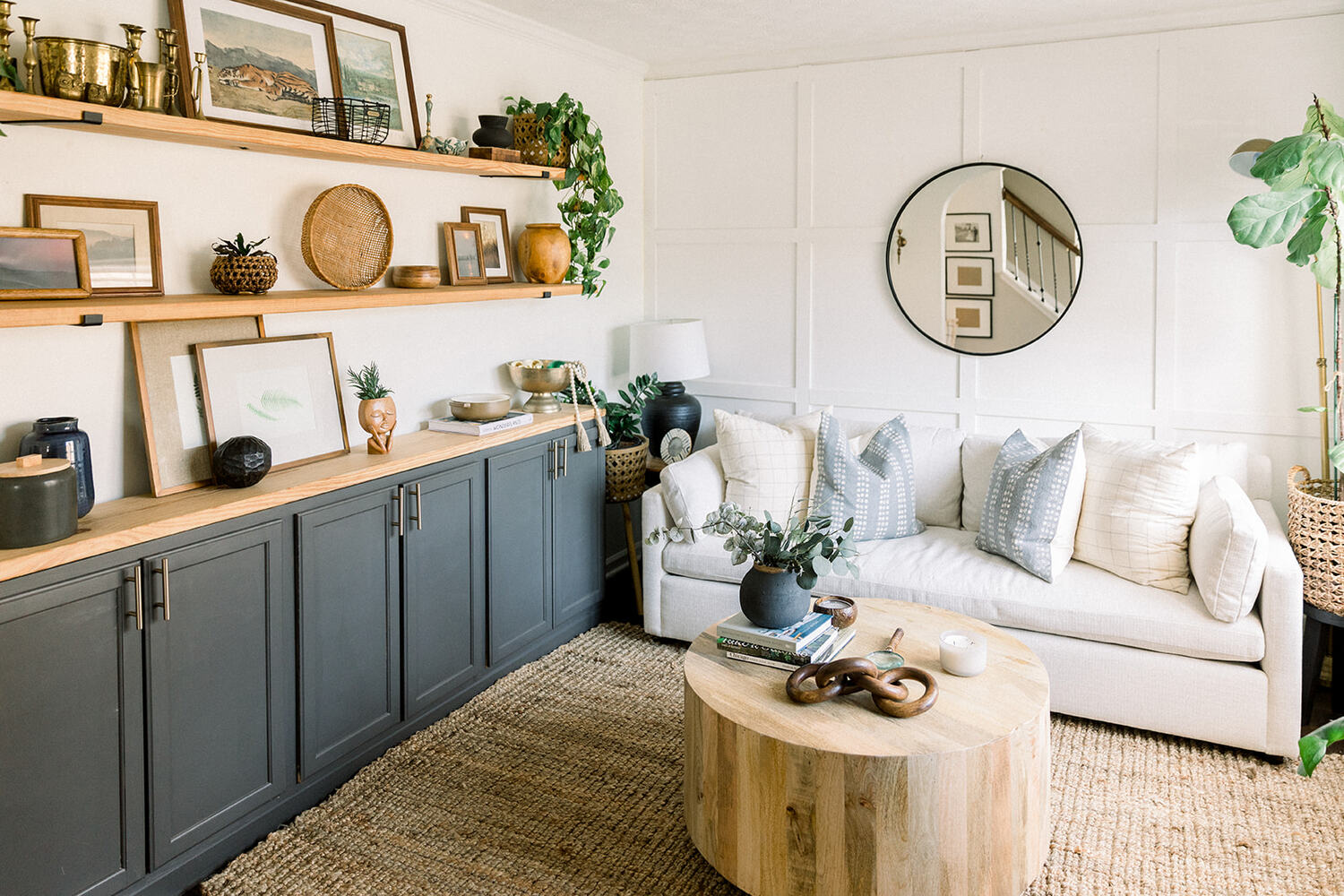
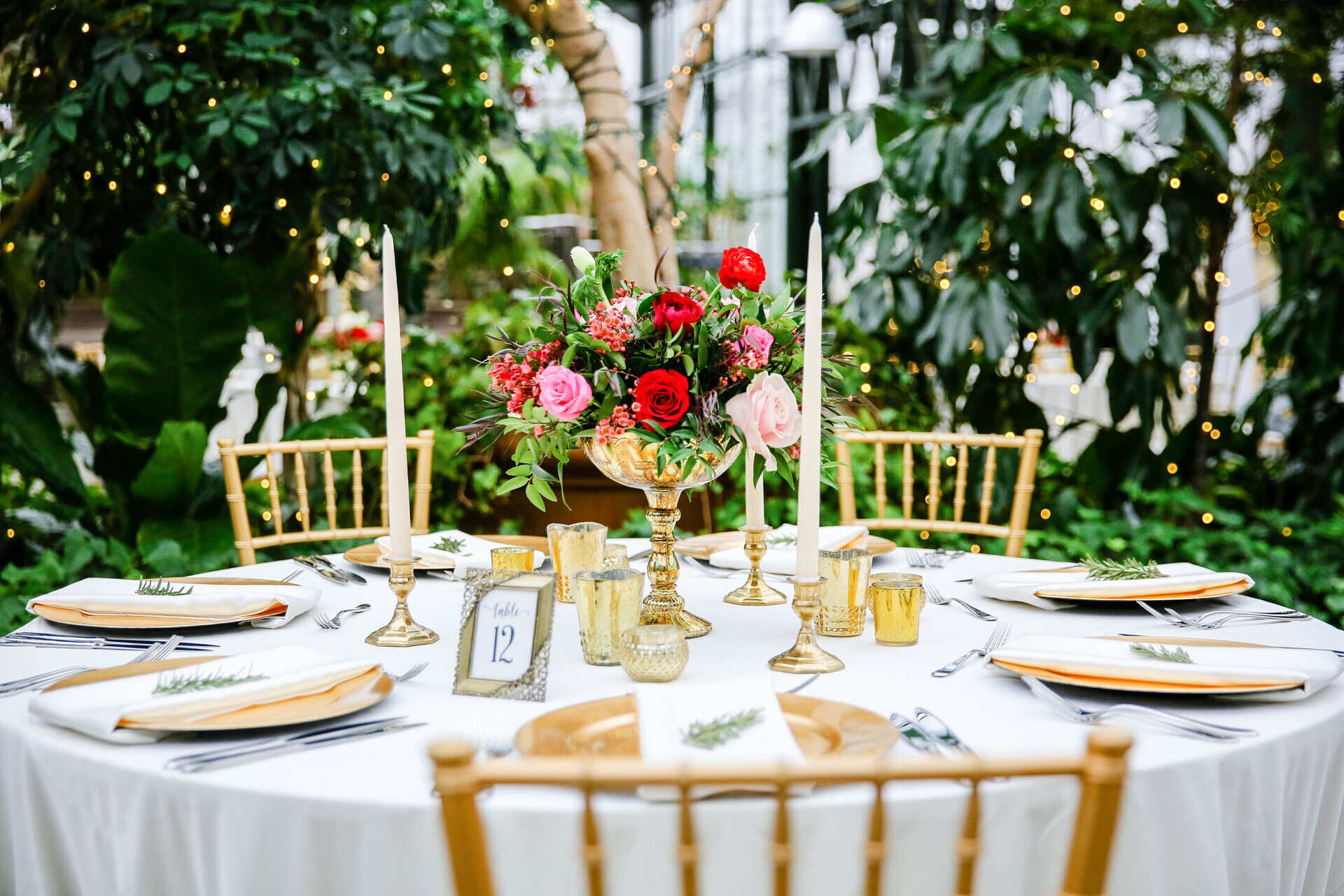
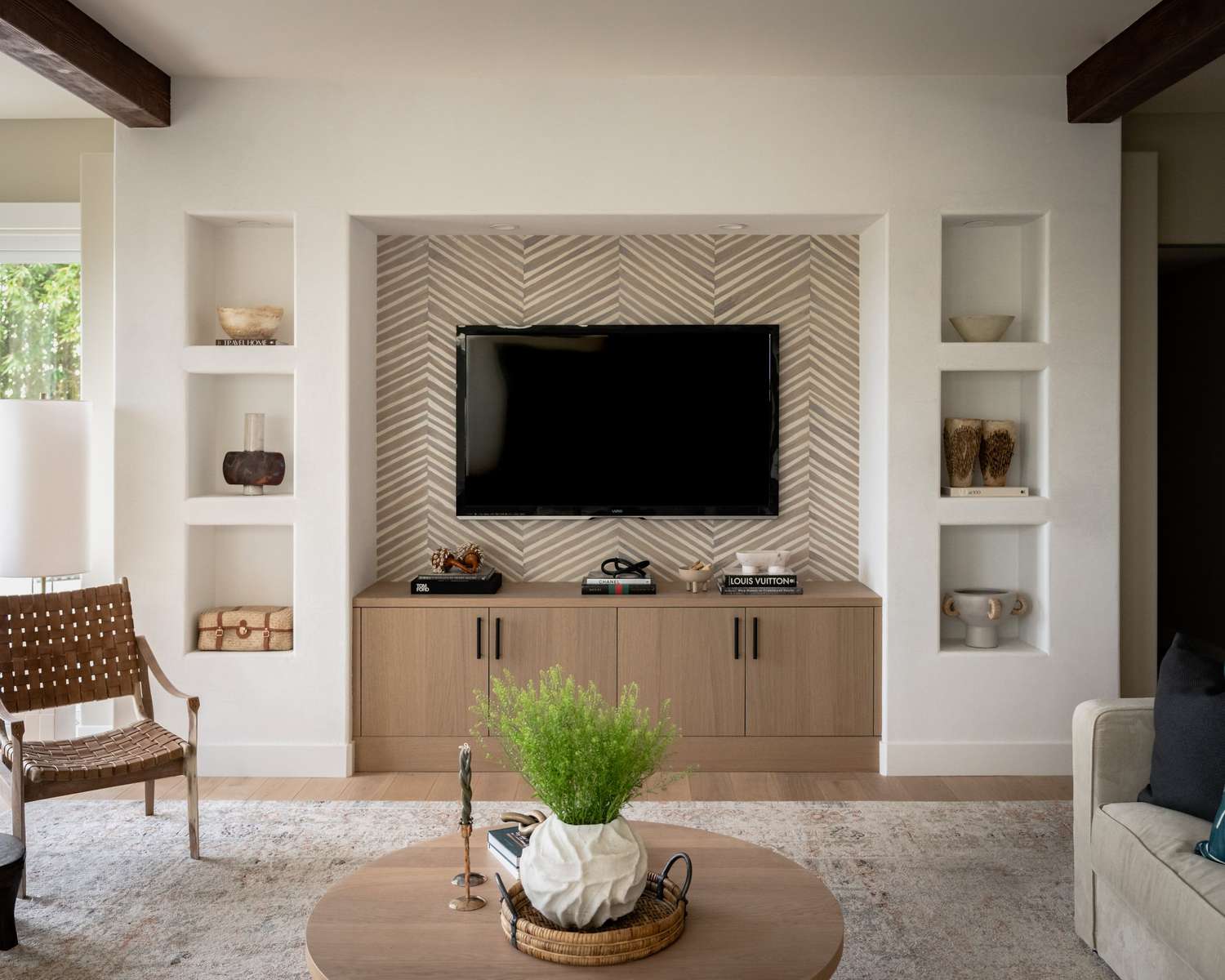
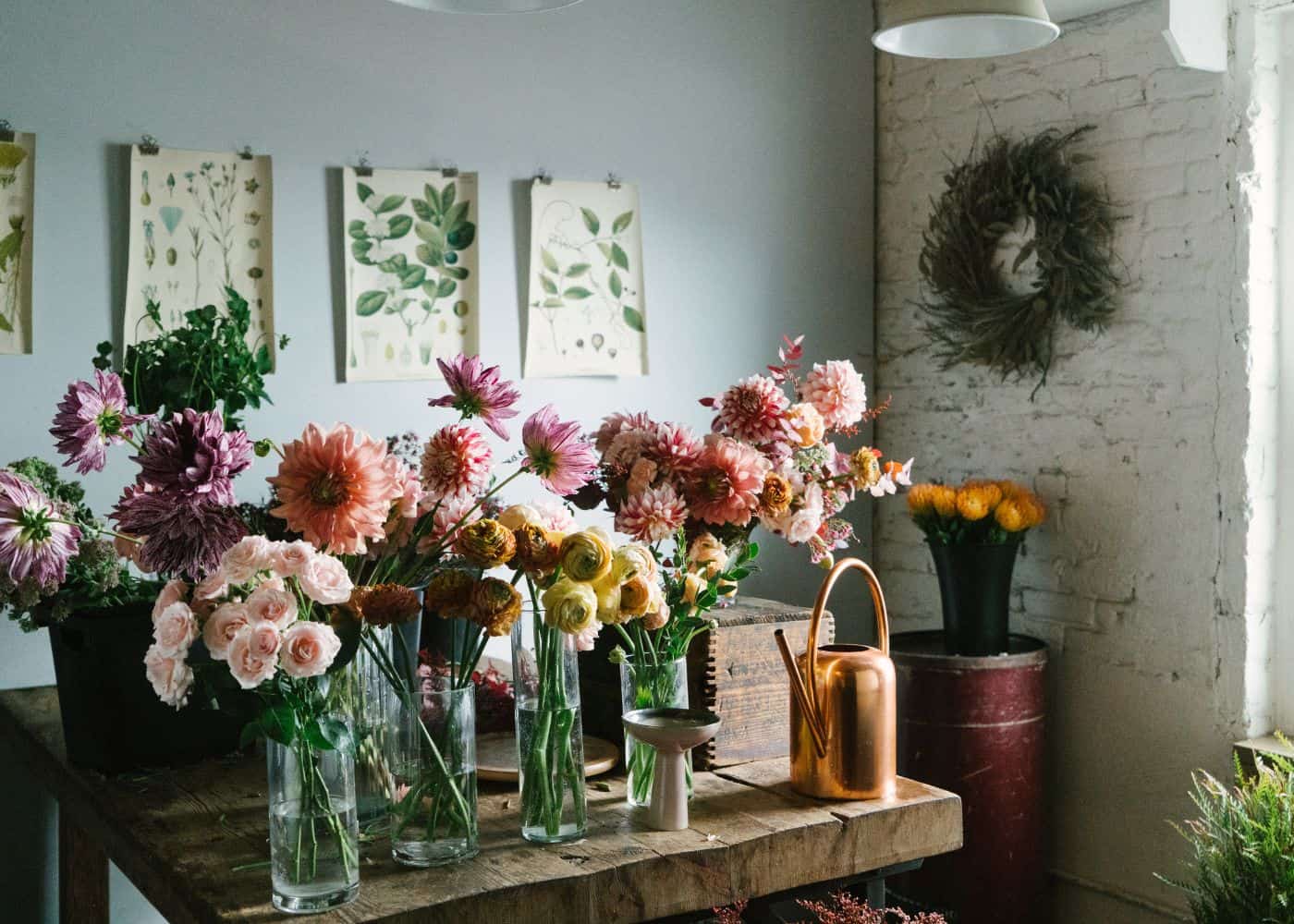
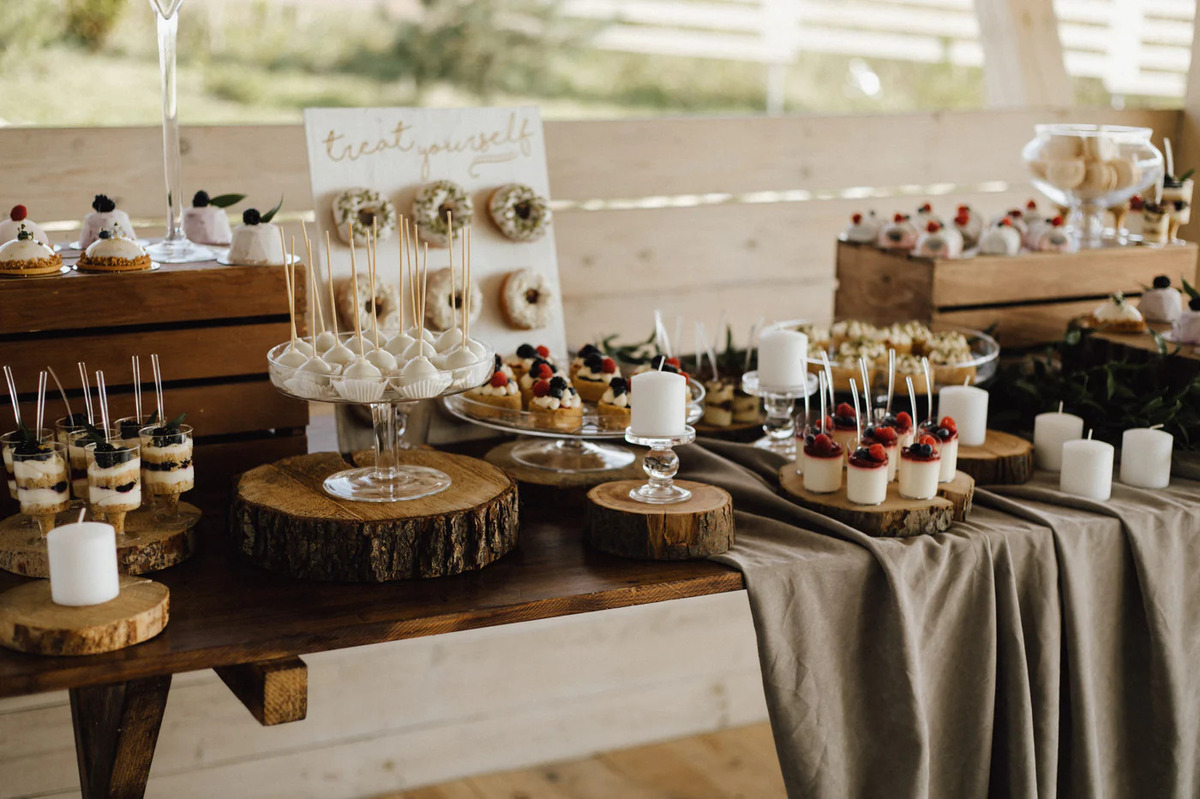
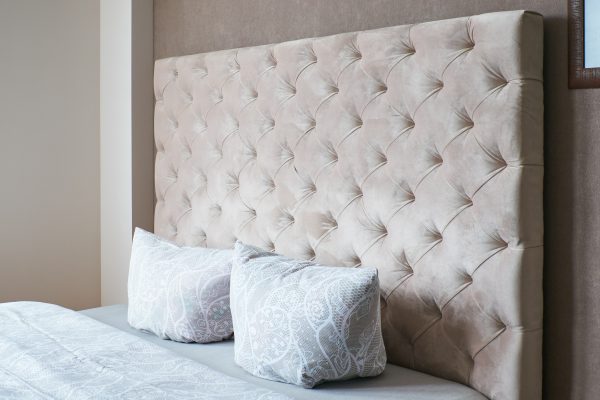
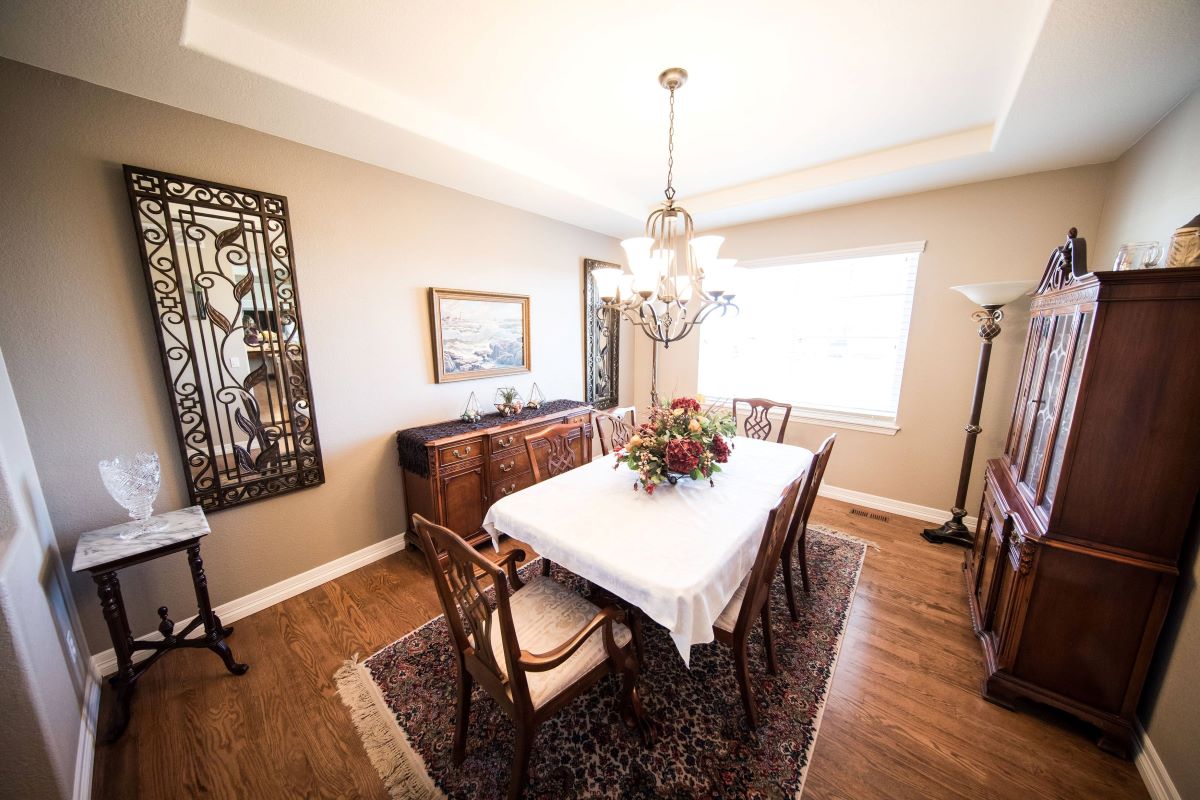
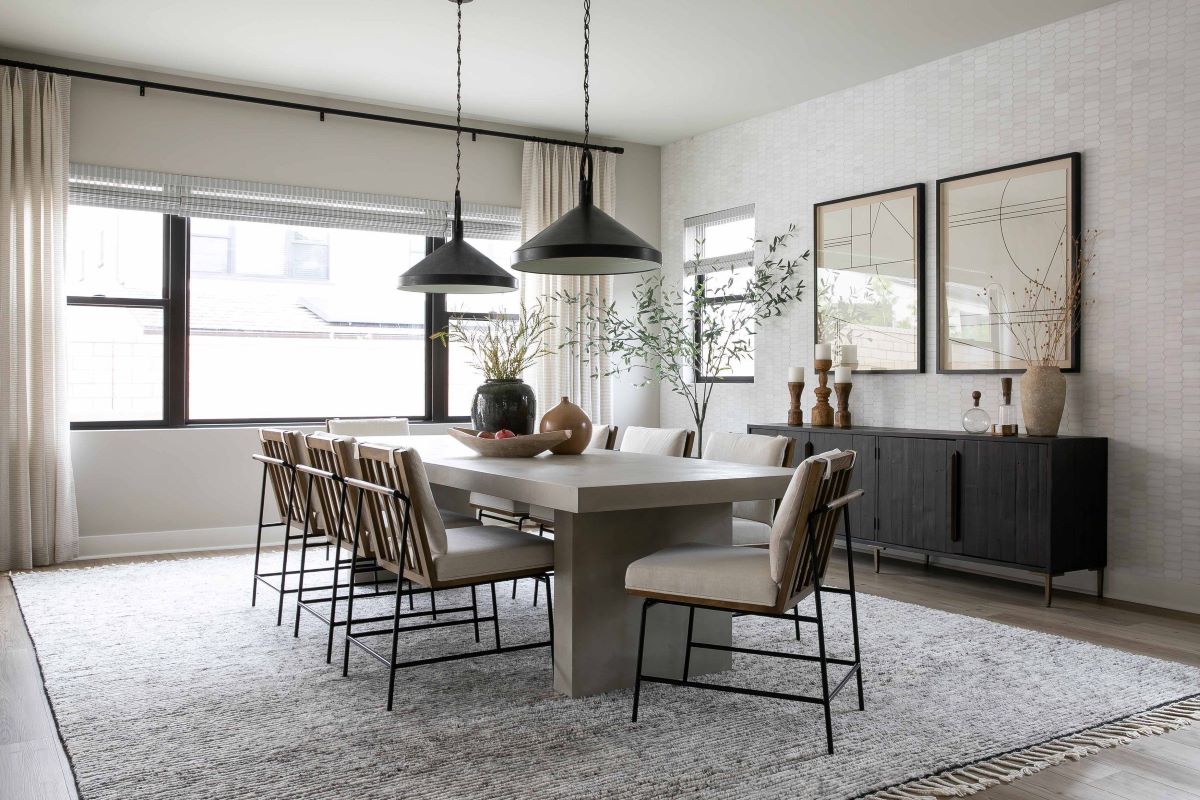
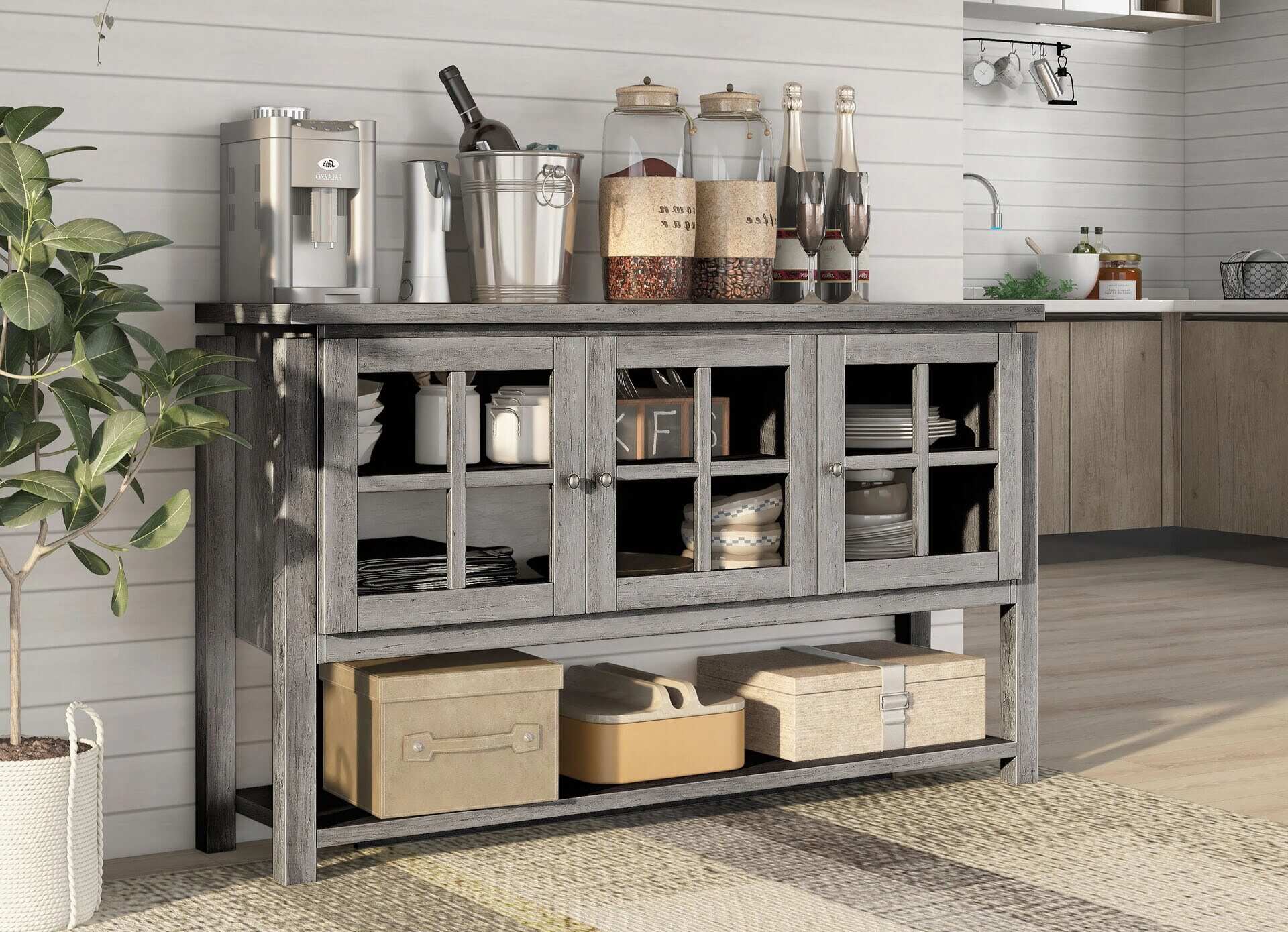

0 thoughts on “Sideboard Decor Ideas: 10 Buffet Styling Tips”